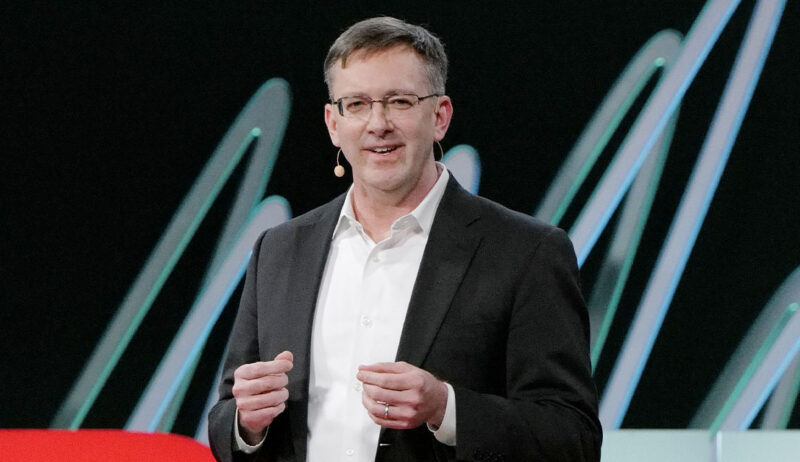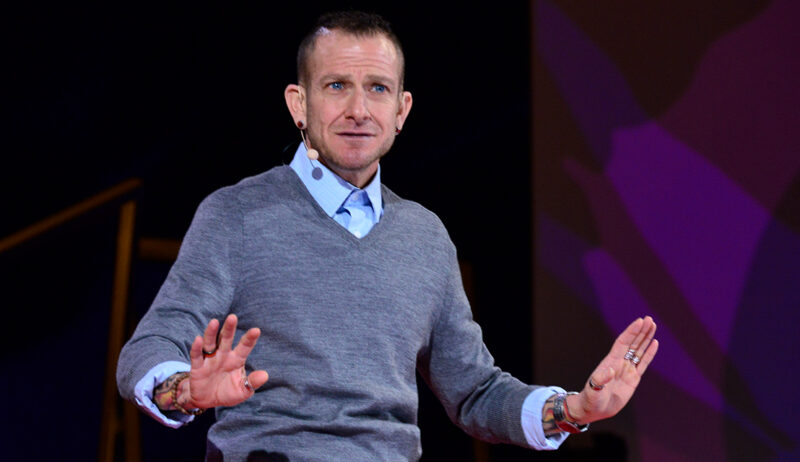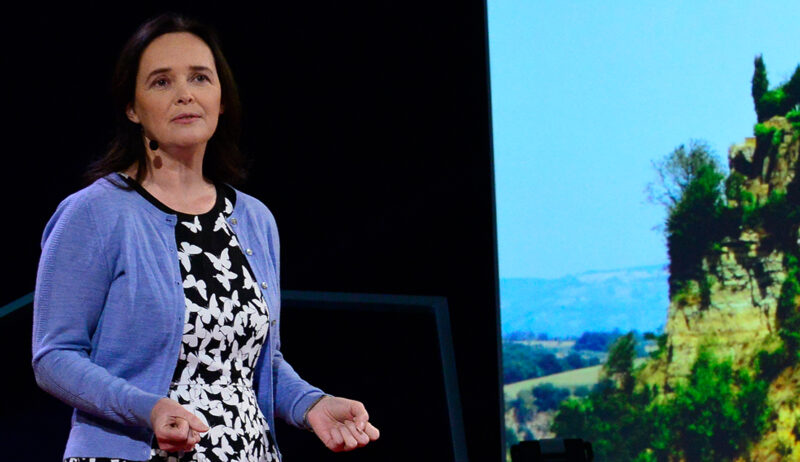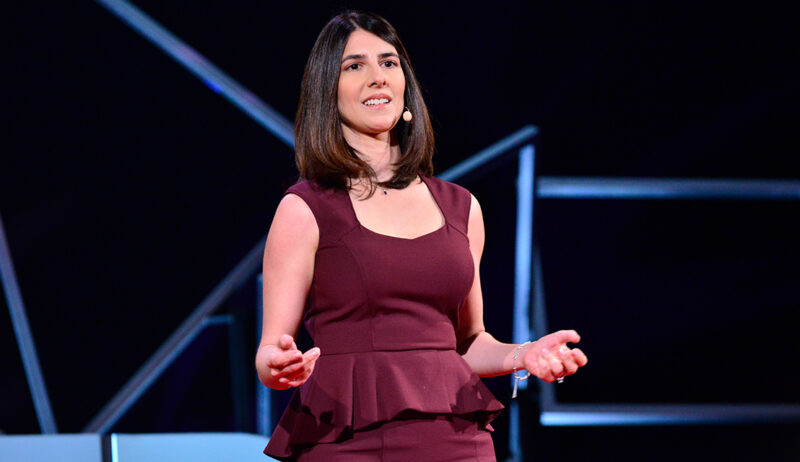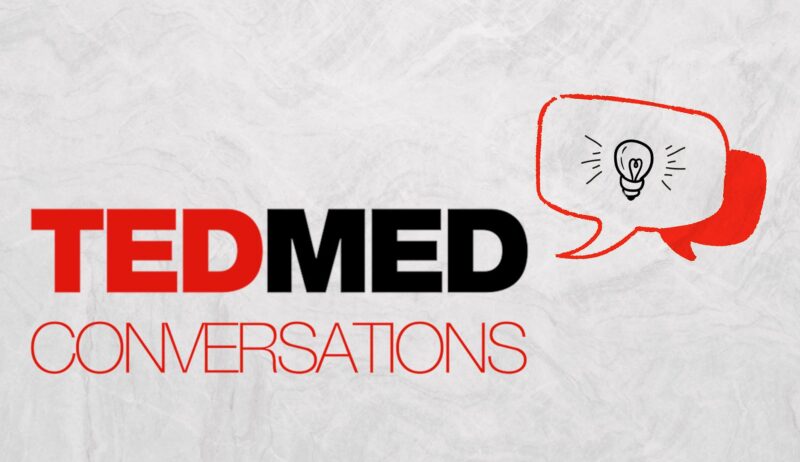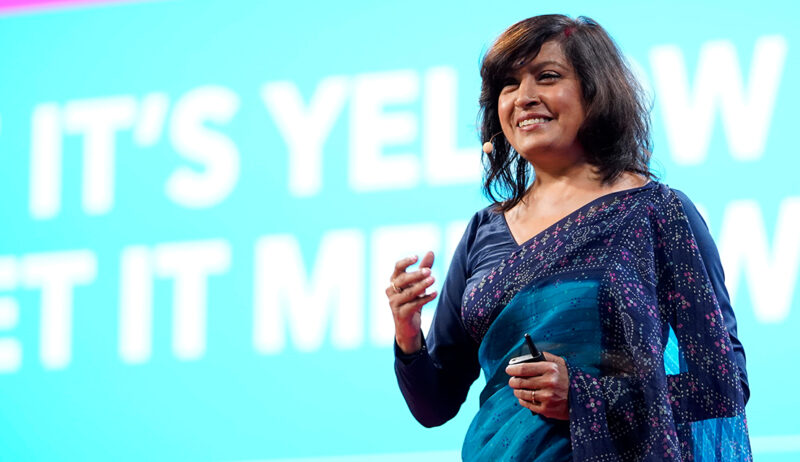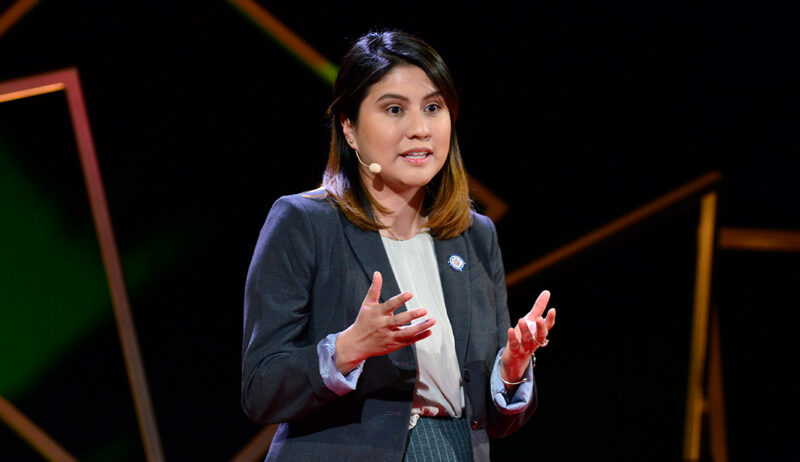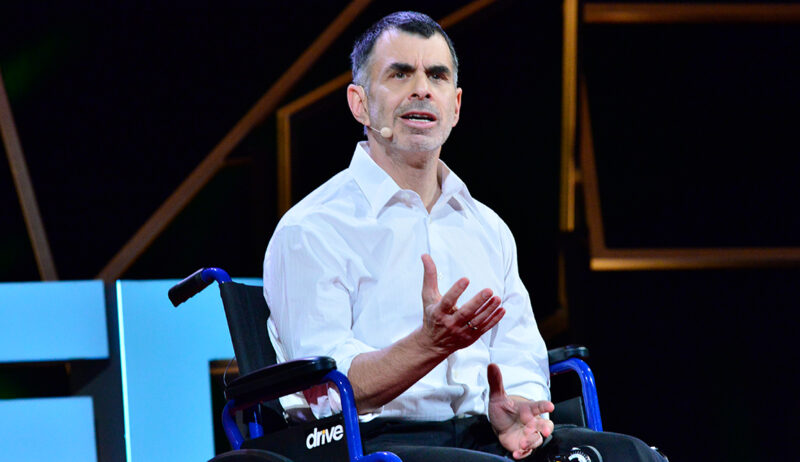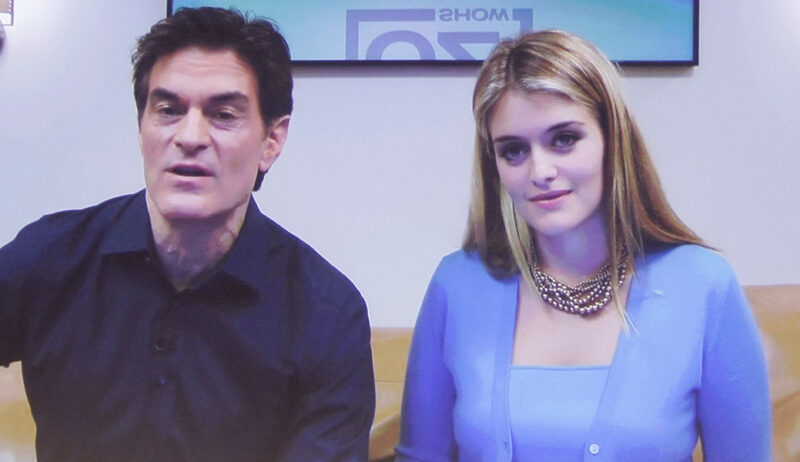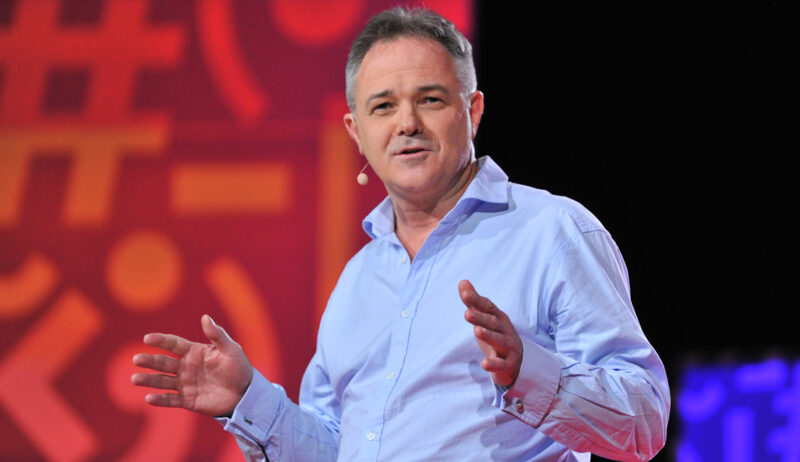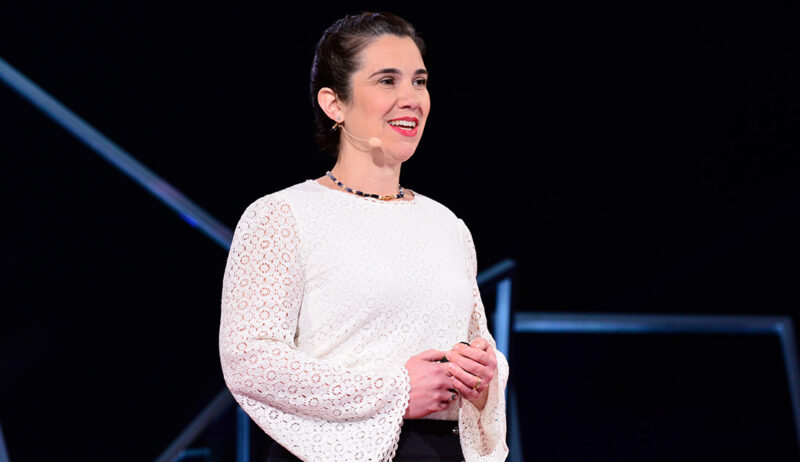About this talk
Often we equate breakthroughs with studying the new and unknown, but sometimes the answers to our questions are in our past. For example, in terms of individual health implications, genetic genealogy has led to some eye-opening findings. As Yaniv shares, he and his team “…found that genetic variations explain only 15% of the differences in lifespan between individuals…It means that our actions can matter more.” In relation to society at large, the study of genetic genealogy has been applied to cold cases and has aided law enforcement agencies to resolve previously unsolvable cases.
Watch Ehrlich’s TEDMED 2018 Talk to learn more about how genetic genealogy and large-scale DNA mapping is changing our perception of the role genetics plays in longevity and the way we fight crime.
About Yaniv Erlich
See more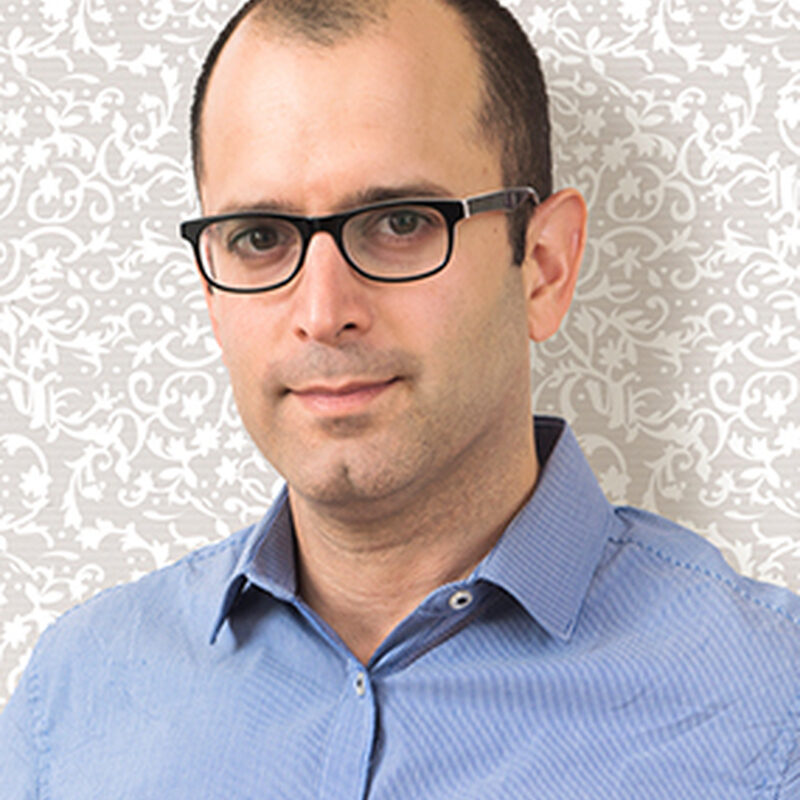
About Yaniv
Yaniv Erlich is a leading expert in genetics, data, and privacy. He is a professor at Columbia University and the Chief Science Officer at MyHeritage, a major genealogy company. He is known for his groundbreaking work at the intersection of DNA and data, exploring how genetic information can be used and what it means for our privacy. Yaniv, who has been referred to as the “Genome Hacker,” gained widespread attention for his research, which demonstrated how easy it can be to identify people from supposedly anonymous DNA data. For example, he and his team showed that by using online searches and a person’s Y chromosome, they could identify male research participants. Later, his work revealed that 60% of Americans of European descent could be identified using open genetic databases. This finding was named one of the top scientific breakthroughs of 2018 by Science magazine. In addition to his privacy work, Yaniv also created the world’s largest family tree, which contains 13 million people, and developed DNA.land, a website that helps people learn about their ancestry. His work has also included research into using DNA as a way to store massive amounts of digital data, reaching a density of 215 petabytes per gram of DNA.
